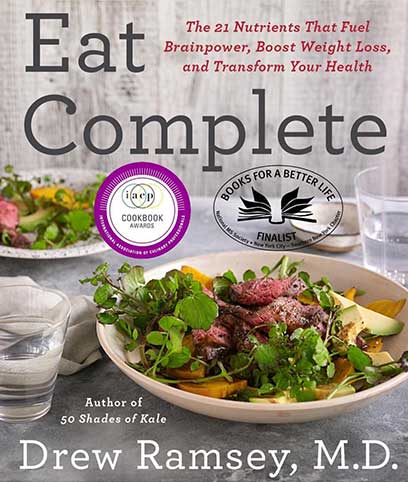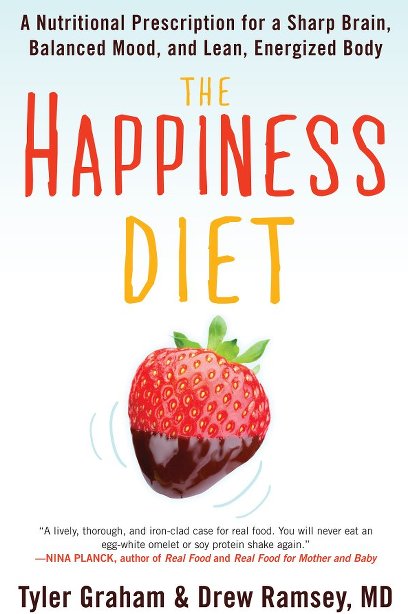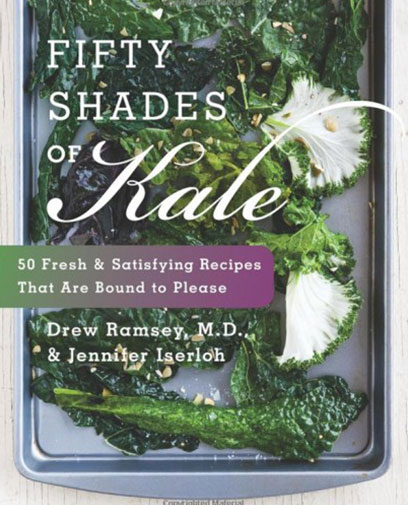Like many of us, you may have found yourself “face to face” with your therapist over the past six months. For some, it has been a big shift and has come with a lot of trepidation. For others, it seemed like a natural and easy shift, one that made sense given the available technology and safety concerns.
While we’ve been seeing patients remotely for years, over the past six months our practice has become entirely remote.
For those of you wanting to get more out of your teletherapy sessions, here are some tips based on what we’ve seen and learned:
Prepare
Take some time before each session to get into the headspace for therapy. It can be hard to switch from spreadsheets to emotions, especially without a transition period or change in scenery. If you’re working from home, try stepping outside for a moment or getting up and moving your body. Remember to close any apps that might distract you during your session and if you’re able, put away your phone or put it in do not disturb mode.
If you have the space, choose a comfortable and private place in your home for sessions. If you don’t have a lot of privacy, is there someplace outside that works? Both Dr. Ramsey and I have patients that meet with us from their cars, and it works.
Whenever patients come into my office I offer them water or tea. Is there something you can do to mark the transition into therapy? One of my patients makes herself a cup of tea before each session to mimic what would happen in the office. Another patient likes to move to a comfortable chair with a warm blanket. One of the benefits of seeing a therapist from your home is that you can set up the space just as you like.
Another way to prepare is to think about what you want to address in your session. Some of my patients come to sessions with a list of important topics to cover, whether it’s insights from the week, memories that have come up they want to discuss, or specific events they had trouble with or are really proud of. Writing these things down and sharing them with your therapist can help with time management and making sure we address what’s most important to you within the session.
Use the time between sessions
Some people think of therapy as an hour in an office. It’s true. And, therapy can be so much more. Some great ways to continue with the work you are doing between sessions are:
- Journaling about what you are feeling and thinking between sessions.
- Setting aside a few moments after each session to reflect and process. You might want to take some notes or leave yourself a voice note about what was impactful for you.
- Reading books, blogs or articles about the topics you find yourself discussing in therapy.
- Listening to podcasts on mental health, personal growth or mindfulness.
- Use tools like this list of feelings to help you identify and explore what comes up for you in difficult moments throughout the week.
- Developing a mindfulness practice such as meditation (sitting or walking), breathwork, mindful movement such as yoga, chi-gong or dance (the choices are infinite), or interpersonal meditations like circling or authentic relating.
Be clear about your goals
(and make sure your therapist knows them, too)
Why are you in therapy? Just like with anything you devote time and resources to, it’s important to know the why. Some people come to therapy because they are struggling with specific symptoms that are impacting their lives. Other people chose to focus on improving their partnerships or relationships with their kids. When you are clear about your goals you can better measure the effectiveness of therapy and your therapist can help redirect and refocus sessions when necessary.
Goals also change over time, especially in longer-term treatment. For some people, therapy becomes weekly “me time”, a form of self-care that may not have a specific goal but helps you feel better, think more clearly, and approach yourself with more compassion. There’s no wrong or right way to approach therapy, but if you’re feeling like you’re struggling with teletherapy, reevaluating your goals with your therapist may be a good place to start.
I hope these tips help you get the most out of your sessions. If you have other tips, please drop them in the comment box below.
To your health,
Samantha









